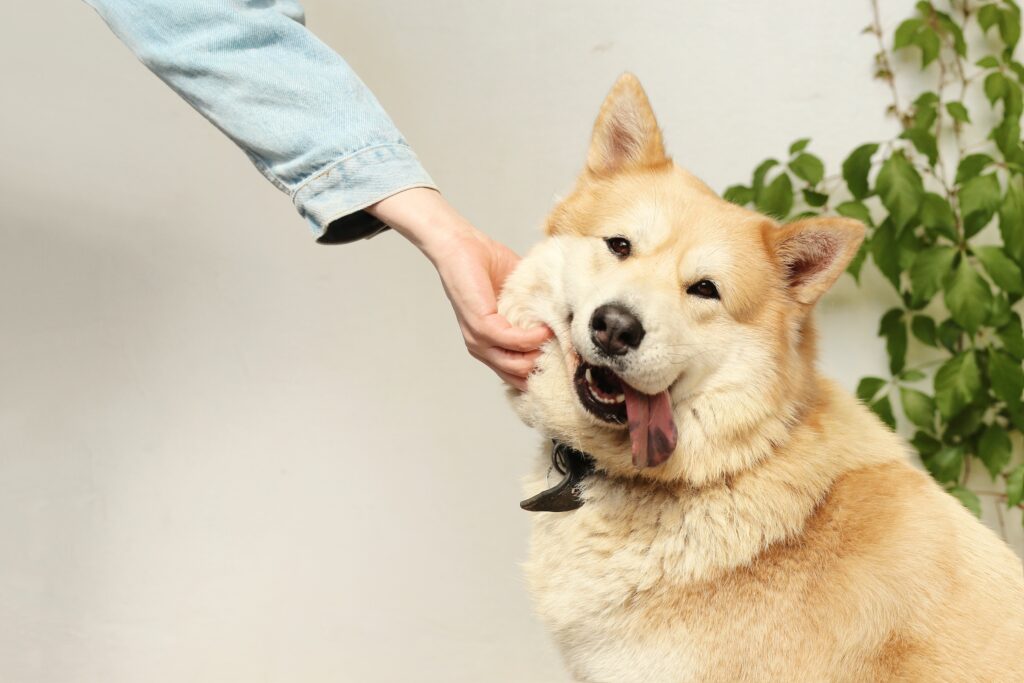Working With Distractions – Why Your Dog Might Not Be Listening

If I had a nickel for every time I heard an owner say “He does it fine at home, but he’s just not interested out on walks” I’d have…
Well, I don’t know how much a nickel is worth so I’ve really no idea!
Needless to say, it’s regular occurrence.
Distractions are a huge element of teaching a dog to do anything, something which we need to give thought about. Whether that’s identifying them in the first place or learning how to work with and around them rather than be at their mercy constantly.
In training we talk about the 3 D’s of Dog Training which make any exercise more difficult for our dogs.
Distraction
Distance
Duration
This post will focus on Distraction, but it’s worth knowing in the back of your head and for the future that the other 2 will feature in your progression if you’re looking to train your dog to a decent standard. I don’t want to DISTRACT you with too many things at once though!
IF you’ve read a decent training book anytime recently you may recall that when we increase the any one of those D’s in the exercise, it’s important that we to the best of our ability decrease the other 2 D’s. This means we’re not changing the goalposts on our dog too drastically. The problem with Distractions though is we’re not always in control of the distractions around us and that can cause a few hiccups.
Distractions for your dog can come in different shapes and forms
Visual – Fast Moving Things (Cars, Bikes & Joggers), Dogs, People, Animals, Unusual Coloured/Shaped Objects
Working dogs and chasing breeds can find these incredibly difficult to work with.
Audible – Dogs Barking, High Pitched Sounds (Including human voices!), Loud Noises, Novel/Unusual Noises
Often sounds can worry and stress our dogs if they can’t see them
Weather – Too Hot, Too Cold, Rain, Snow
Whippets and Staffies are allergic to adverse weather and should under no circumstances be allowed outside during these times without at least 4 coats on
Smell – Wind, Long Grass, Dog Populated Areas, Bitches in Heat, Livestock, Small Animal Scent, Aversive Smells – Traffic Fumes etc.
This isn’t exclusive to our Spaniels, Beagles and Scent Hounds – All dogs LOVE to sniff and quite frankly an Adolescent Male Labrador that catches the scent of a bitch in season might as well be a bull in a china shop
Internal – Growing Pains, Tired, Teething, Hormonal Changes through Development, Illness, Injury
Internal distractions are missed regularly. I see these most in Pups and Teenager dogs, they are after all going through changes. (Cue that awful song by Ozzy & Kelly Osbourne)
You’ve probably gathered by now that there’s plenty of distractions out there, and our dogs are inquisitive creatures by nature. Add on to this, that they never get an explanation as to why all these things in the world do what they do! With this in mind, how do we help our pups out and create a dog who can block out all that nonsense?
- Giving your dog more space from these distractions can often help your Puppy choose you over said distraction
- Ensure you’re using treats for training that your dog loves, you’re competing here!
- The next step after learning in class/at home isn’t Sutton Park, it’s a quiet space out the front of the house or in the park where there’s not a lot going on – build those distractions up gently
- Ask family members to distract your pup carefully during home training by moving around or interacting with something in the house
- Give your pup time to settle/relax into a new environment before asking them to work with you
- If a distraction is too intense, ask for the easiest exercises you’ve ever done with your dog. Eye contact, hand touch, Find It etc.
- Warm them up with some freebies! Much like humans, a free sample can go a long way
You may be reading this with a particular distraction or set of distractions in mind in a certain place. It’s important to remember that you train FOR that situation before you start training IN that situation. Soldiers don’t train on the battlefield, they train and learn their skills way before they’re needed under the stress of combat. Fortunately nobody’s shooting at you and your dog.
You are in control of distractions at home. As you step out of your home, you may not be in control of those distractions but you do control where you go. If you want to teach your dog it’s important that you set them up for success and take them to the appropriate places to achieve. Sometimes this can be inconvenient, but this is necessary with your objective in mind.
